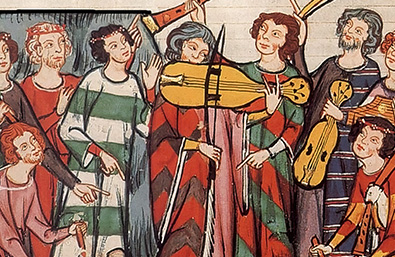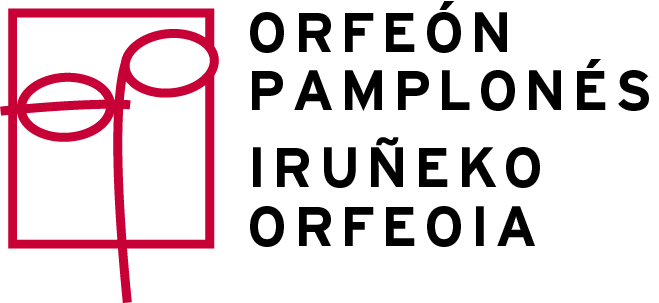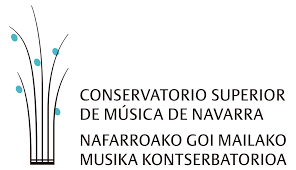CARMINA BURANA
Orquesta Sinfónica y Coro Universidad de Navarra, Coro Juvenil del Orfeón Pamplonés y Coro de Jóvenes de la Comunidad de Madrid
![]() Tuesday / 11 Apr / 19:30 h
Tuesday / 11 Apr / 19:30 h
Madrid, National Auditorium
![]() Sunday / Mar 26 / 7:30 p.m.
Sunday / Mar 26 / 7:30 p.m.
Pamplona, ACUNSA Theater at the MUN
Four young ensembles bring to the stage one of the best known and most performed works of the classical repertoire, Carmina Burana . A vital, energetic, magical work and, undoubtedly, the best known of its author, Carl Orff.
This project brings together six groups of young talents under the direction of Borja Quintas.
The Orquesta Sinfónica Universidad de Navarra, conducted by Borja Quintas and the Coro Universidad de Navarra conducted by Ekhi Ocaña will be joined on this occasion by the Coro Juvenil del Orfeón Pamplonés conducted by Juan Gaínza Berro and the Coro de Jóvenes de la Comunidad de Madrid, conducted by Ana Fernández-Vega. Together with them, and in the pieces for children's voices, will participate the Escolanía del Orfeón Pamplonés in Pamplona and in Madrid, the Coro de Niños de la Comunidad de Madrid (Children's Choir of the Community of Madrid). In Pamplona the proposal has the stage direction of Liuba Cid.
 The technically and musically demanding project will stage 270 participants in a large-scale production that will travel to the Auditorio Nacional in Madrid on April 11.
The technically and musically demanding project will stage 270 participants in a large-scale production that will travel to the Auditorio Nacional in Madrid on April 11.
They are joined by soloists Estíbaliz Arroyo, soprano and Aitor Garitano, tenor -both proposed by Musikene, Centro Superior de Música del País Vasco- and Alejandro von Büren -proposed by the Escuela Superior de Canto de Madrid.
The collaboration between groups or performing in large auditoriums with professionals are experiences that allow sharing not only best practices and techniques related to music and singing, but also skills and abilities that go beyond music, such as teamwork among others, which provides great learning to the participants.
CARMINA BURANA
For this composition, Orff based himself on a collection of medieval poems written mostly in Latin, German and French, in which he extols the pleasure of living, the interest in earthly pleasures, carnal love and the enjoyment of nature, always with a critical and satirical view of the social and ecclesiastical classes of the time.
Orff wrote this scenic cantata in 1937, at a moment in his career when he decided to leave behind the Schoenberg and Strauss-like chromaticism he had cultivated in his youthful works, to give free rein to his obsession for simple melodies and primitive rhythms. He found the ideal material in this collection of 12th- and 13th-century Goliard poems. The resulting score surrenders completely to the more visceral dimension of the music, and each movement is built on the basis of sections that are repeated over and over again. The choruses and arias are also of great effect and theatricality, as Orff did not conceive the work to be performed in concert version but as a total spectacle which he called Theatrum Mundi and in which every note was to be closely linked to dance, visual designs and stage action.
A project of...
 |
 |
 |
In collaboration with:

Date
April 11, 2023
Time
19:30